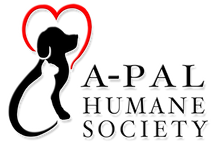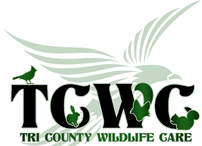July 2016 - The European Starling
|
You love them or you hate them. There doesn’t seem to be a middle ground.
They are abundant and aggressive. They may chase away your favorite birds from your backyard feeder. They are noisy! But their coloration is dazzling and they have some fascinating talents. European Starlings are not native to the Americas. They originated from Europe and were brought here in the late 1800’s by a group who wanted to see all of the birds mentioned in Shakespeare’s writings. It started as just 100 birds, and it took a few releases before they were established. Now they are found all over the United States, Canada and into Mexico. Black and chunky birds, they have short tails and a long, pointed beak. The name “starling” refers to the appearance in flight of a four-pointed star since their wings are short and pointed. During the summer they are glossy black with a purplish-green iridescence. And in winter, they are browner with bright white tips on their new feathers. These white tips wear away by spring leaving a brown iridescence. This is called “wear molt”; the white tips literally wear off. Starlings are mimics. They can mimic the calls of up to 20 different species of birds such as Killdeer, meadowlarks, red-tailed hawk, American Robin and Northern Flicker. Starlings can fly up to 48 miles per hour. They can taste salt, sugars, citric acid and tannins. They can even tell the difference between table sugar and other types of sugars. The oldest recorded Starling was a male, at least 15 years, 3 months old. He was banded in Tennessee in 1958 and died there in 1972. A flock of Starlings is called a murmuration. Starlings travel in large groups and make fascinating displays in flight; undulating through the sky. The male starts building the nest inside a cavity in a building, a streetlight or old nest box. He lines it with grass, pine needles, feathers, and string. In the back, a depression is made and lined with softer material. Females decide whether the nest is suitable and may throw out some material the male has added. Fresh green plants are added throughout incubation to discourage mites and other parasites. Starlings wander over the ground foraging for insects and invertebrates. You will often find them with other species such as grackles, cowbirds, blackbirds, American Robins and American Crows. They are found in cities and around farms. Our buildings and structures provide nest sites, and open grassy areas are good places to forage. Though their numbers have declined in the past fifty years, their global population is estimated at 150 million. |
Learn More!
|

